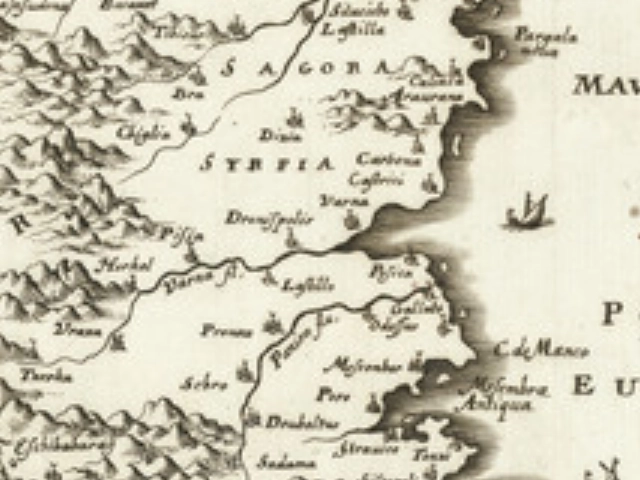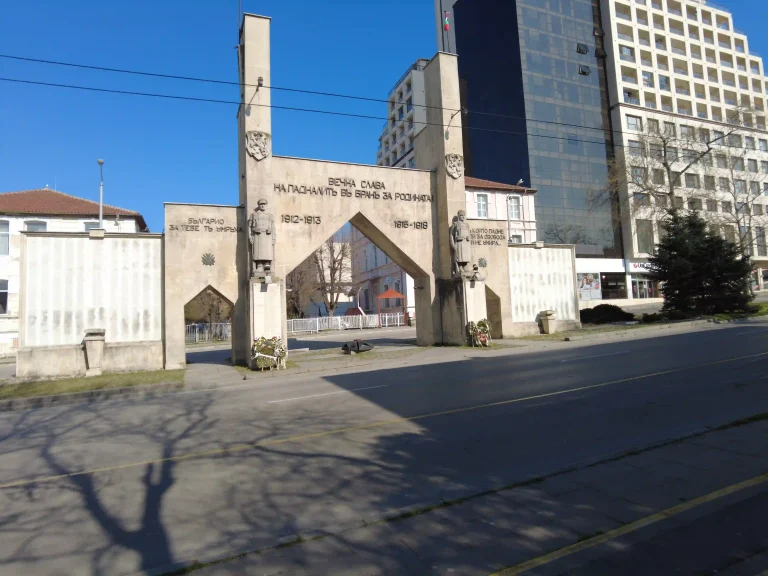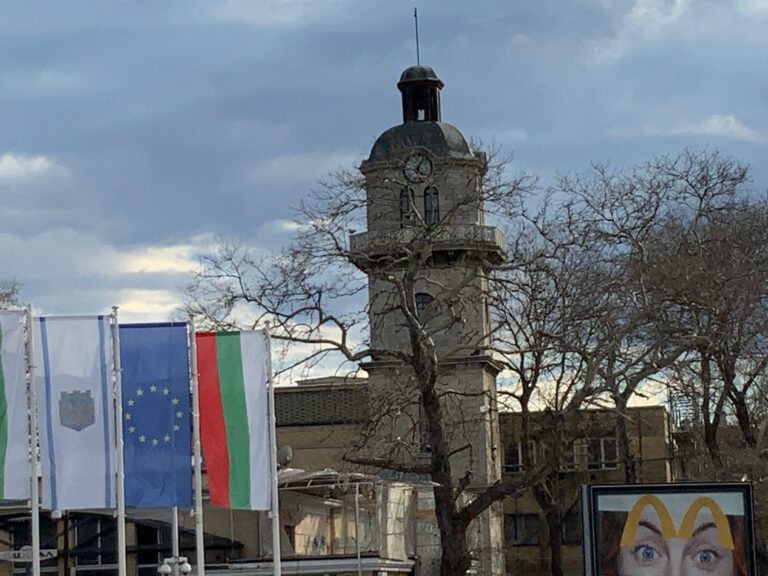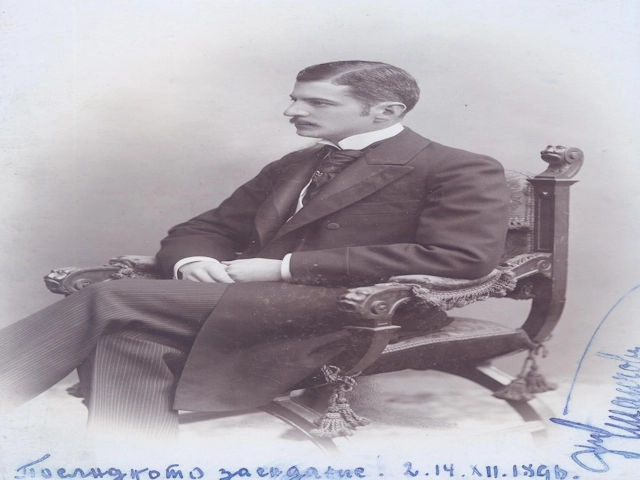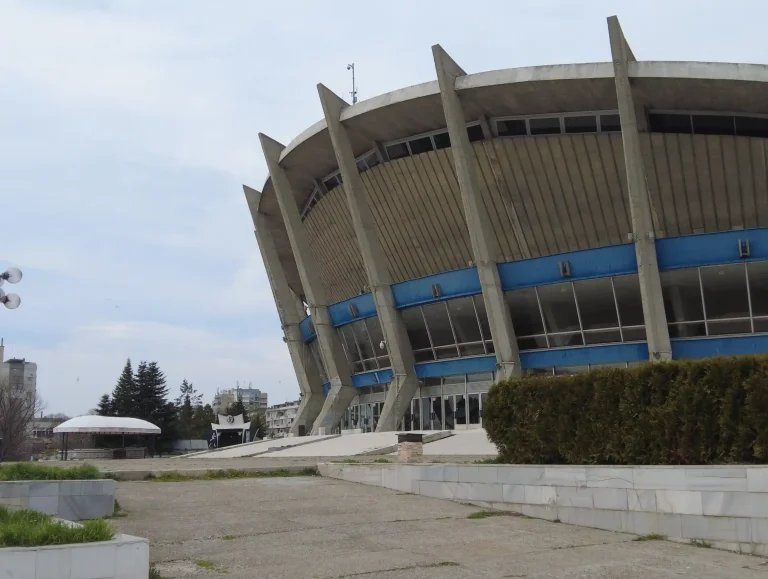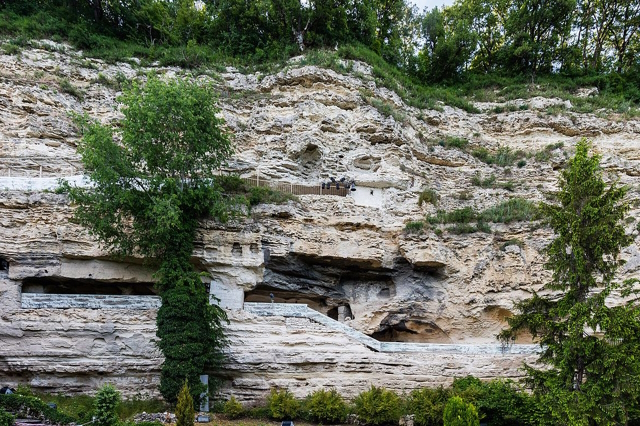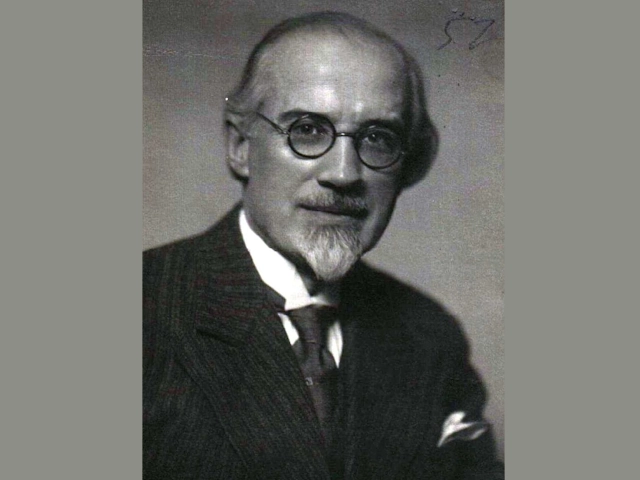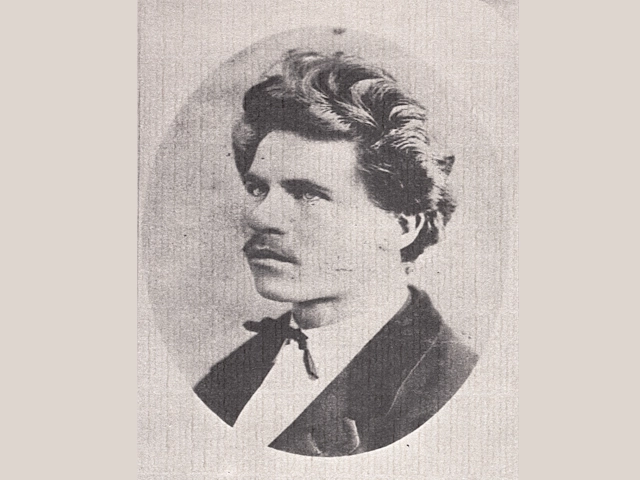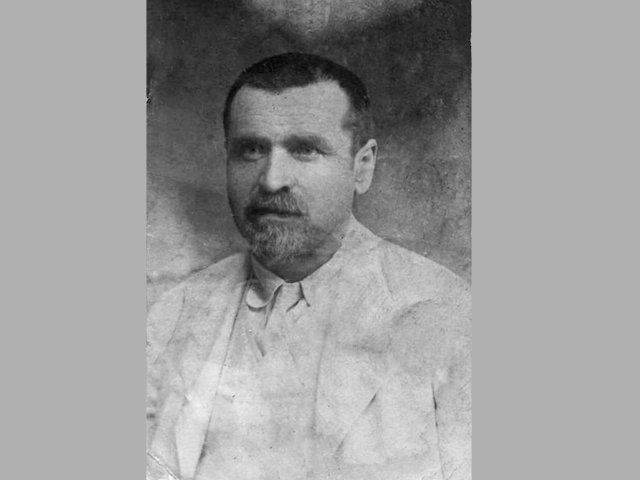Varna City
Varna’s Walks, Private Evening Guided Tours and History
10 - 15 Minute Simple Walks
Walking History of the City of Varna
The monument is located on Osmi Primorski Polk Blvd. in the dividing green area of the boulevard, near...
Originally the clock tower was a fire watch tower overlooking the city and manned with fire watchers....
Dimitar Stanchov (1863-1940), and his lovely Villa in the Sea Gardens ...
The Palace of Culture and Sport was inagurated on 16 September 1968....
Aladzha Monastery is a medieval Orthodox Christian cave monastery complex in a picturesque locality 3 km away from...
Varna's Historic City
VarnaEye is excited to present its new ‘15 to 20 minute’ Varna Historic City Trails, which provide you an overview of the city’s century-old history.
Together with Christian Oblakov, one of the most reputable professional history guides in Varna, we created “The Historic Trails of Varna.”
While exploring “Varna Ancients Trails of Roman and Byzantium periods,” we’ll also pay particular attention to the city’s 19th-century architecture.
Our Varna Eye History Archive is a treasure trove of Varna History and interesting anicdotes.
Private Evening Guided Tours at 7pm
The cool of the evening is the ideal time to take one of our private excursions beginning at a established position within the city and lasts around two hours, during which your guide informs and presents you with the wonderful history of Varna.
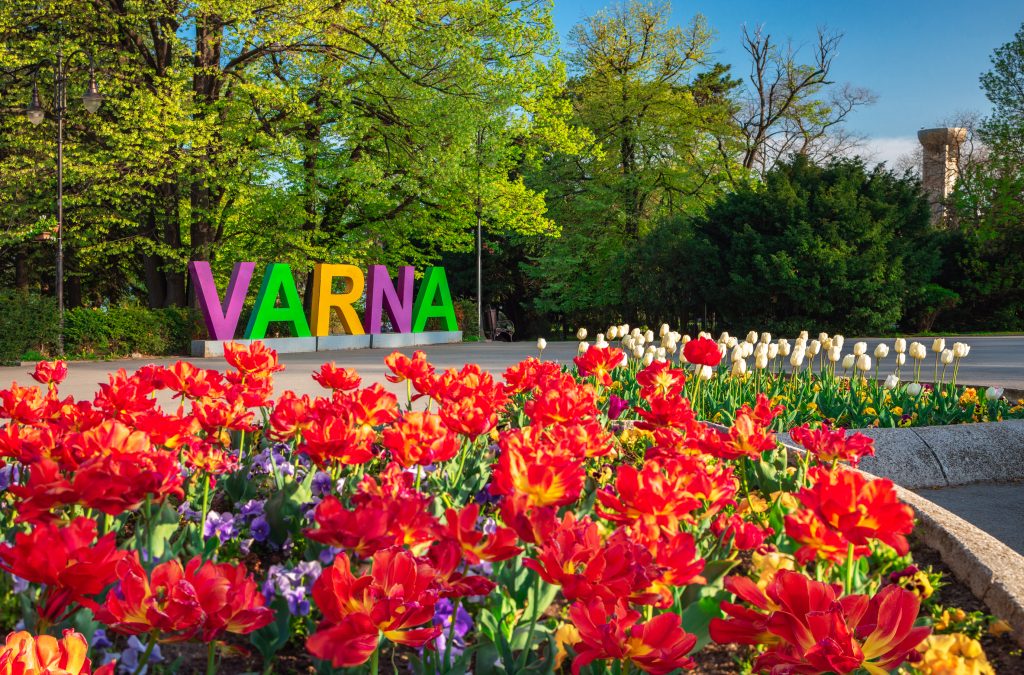
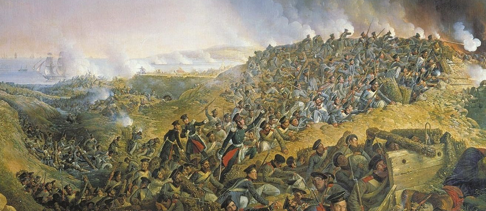
Our Varna Eye Archive
Varna History
The esteemed Bulgarian composer born in Varna 1875
(1848-1901) prominent public figure, and esteemed statesman.
Assisted with the organizing the establishment and inauguration of the Varna Aquarium
Subtitle
Walking Facilities
Tourist Information
Visit Varna the municipailities toruism website full of useful informaton.
Public Toilets
There are only a few public toilets (1 or 2 lev) available locally, but most cafes and restaurants have them.
Cafes & Bars
There are plenty to choose from , try the ones out of the way for really good value.
Drinking Fountains
There are several drinking fountains dotted around, but always take a bottle of water with you.
Travel Light
It's best to travel light and with minimum of cash and credits cards , take only enough for the day and a bottle of water.
Street Safety
When crossing a road make sure you leave plenty of time and watch the traffic. The pavements are uneven so be aware.

